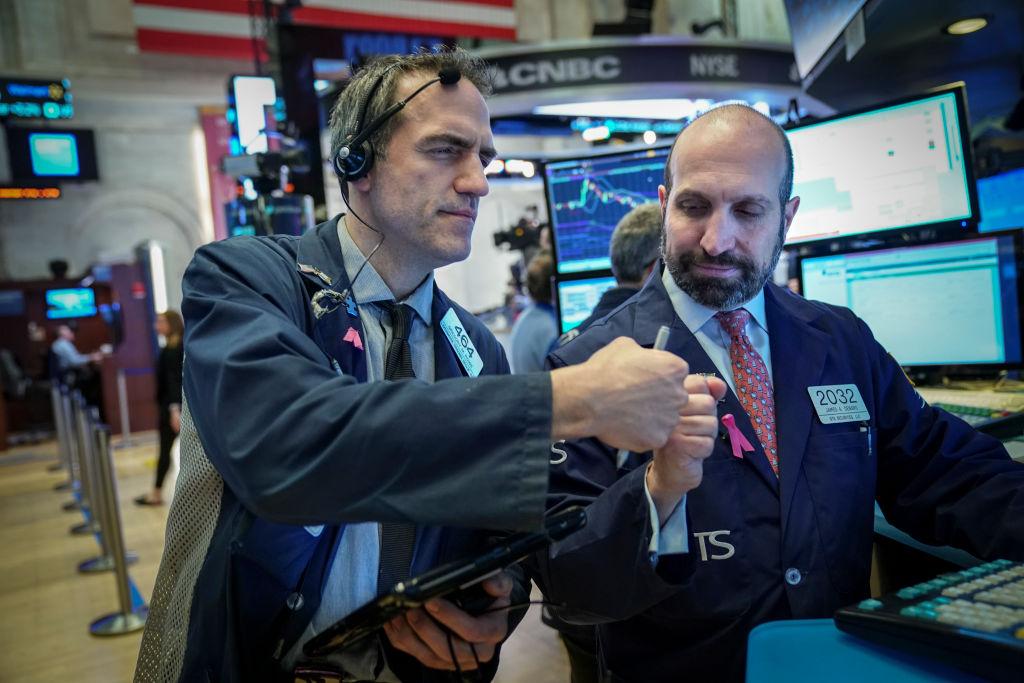Commentary
Recent data indicates that the manufacturing sector is slowing, the service sector is growing slowly, the stock market is tanking, interest rates are falling, and unemployment is at an historical low. So what’s ahead for the economy?

Recent data indicates that the manufacturing sector is slowing, the service sector is growing slowly, the stock market is tanking, interest rates are falling, and unemployment is at an historical low. So what’s ahead for the economy?